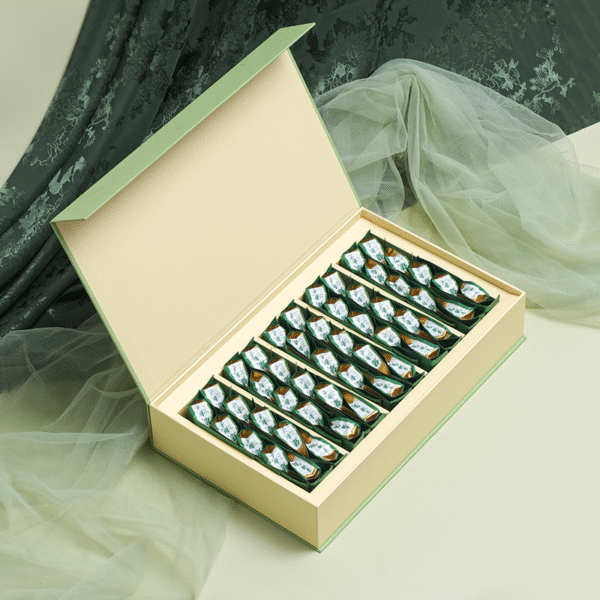# Nano Tape: The Ultimate Adhesive Solution for Modern Needs
## Introduction to Nano Tape
Nano tape, also known as magic tape or reusable adhesive tape, has revolutionized the way we approach everyday sticking needs. This innovative product combines cutting-edge nanotechnology with practical design to create an adhesive solution that outperforms traditional tapes in numerous ways.
## What Makes Nano Tape Special?
Unlike conventional adhesives, nano tape uses a unique microstructure that mimics the natural clinging ability of gecko feet. This design allows it to:
– Stick firmly to most surfaces without leaving residue
– Be reused multiple times without losing adhesion
– Hold significant weight relative to its size
– Work on both smooth and slightly textured surfaces
## Key Benefits of Nano Tape
### 1. Versatile Application
Nano tape works on a wide range of surfaces including:
– Glass
– Metal
– Plastic
– Wood
– Ceramic tiles
– Painted walls
### 2. Residue-Free Removal
One of the most significant advantages of nano tape is its ability to be removed cleanly without leaving sticky marks or damaging surfaces. This makes it ideal for:
– Temporary decorations
– Rental properties
– Office organization
– Retail displays
### 3. Strong Holding Power
Despite its thin profile, nano tape can support impressive weights. A standard 1-inch strip can typically hold:
– 1-2 pounds on smooth surfaces
– Up to 0.5 pounds on slightly textured surfaces
## Practical Uses of Nano Tape
### Home Organization
Transform your living space with nano tape:
– Mount picture frames without nails
– Secure rugs to hardwood floors
– Organize cables behind electronics
– Hang lightweight shelves
### Office Solutions
Improve your workspace efficiency:
– Mount monitors or keyboards
– Secure documents to walls
– Organize desk accessories
– Hang whiteboards or calendars
### Creative Applications
Think outside the box with these innovative uses:
– Temporary holiday decorations
– DIY craft projects
– Camping gear organization
– Car interior accessories
## How to Use Nano Tape Effectively
To get the most from your nano tape:
1. Clean the surface thoroughly before application
2. Cut to desired size (scissors work best)
3. Press firmly for 30 seconds to activate adhesion
4. For removal, peel slowly at a 180-degree angle
5. Wash with mild soap to restore stickiness
## Maintenance and Care
Proper care extends the life of your nano tape:
– Store in a cool, dry place when not in use
– Clean with mild soap and water when dirt accumulates
– Allow to dry completely before reusing
– Avoid exposure to extreme heat or direct sunlight
## Comparing Nano Tape to Traditional Adhesives
Feature | Nano Tape | Traditional Tape
Reusability | Yes (50+ times) | No
Residue | None | Often leaves marks
Surface Damage | None | Possible
Weight Capacity | High per size | Varies
Water Resistance | Yes | Some types
## Environmental Benefits
Nano tape offers several eco-friendly advantages:
– Reduces waste through reusability
– Eliminates the need for chemical adhesives
– Minimizes wall damage, reducing repair needs
– Often made from non-toxic materials
## Choosing the Right Nano Tape
Consider these factors when purchasing:
– Intended use (indoor/outdoor, weight requirements)
– Surface type (smooth vs. textured)
– Transparency (clear or colored options)
– Brand reputation and customer reviews
– Size and shape options
## Conclusion
Nano tape represents a significant leap forward in adhesive technology, offering a clean, strong, and reusable solution for countless applications. Whether you’re organizing your home, setting up an office, or working on creative projects, this innovative product provides a practical alternative to traditional tapes and adhesives. Its versatility, ease of use, and environmental benefits make it an essential tool


